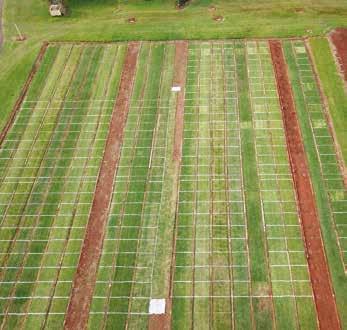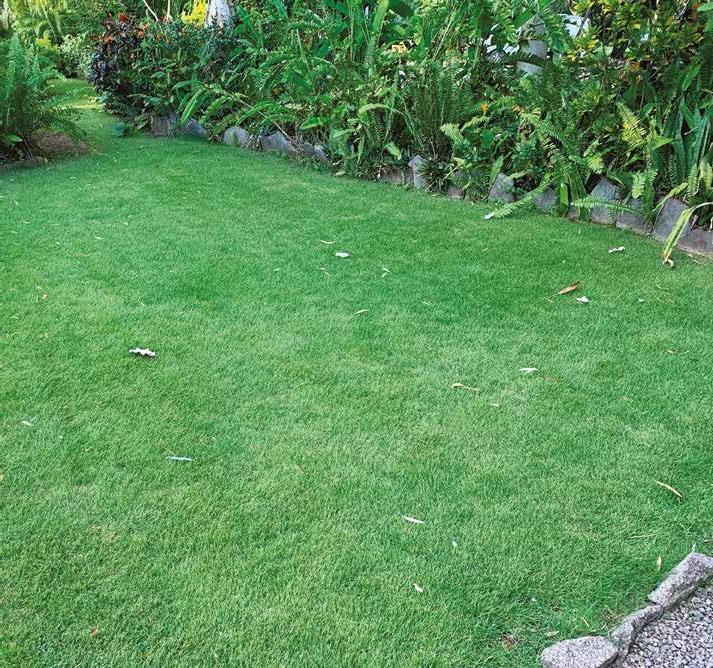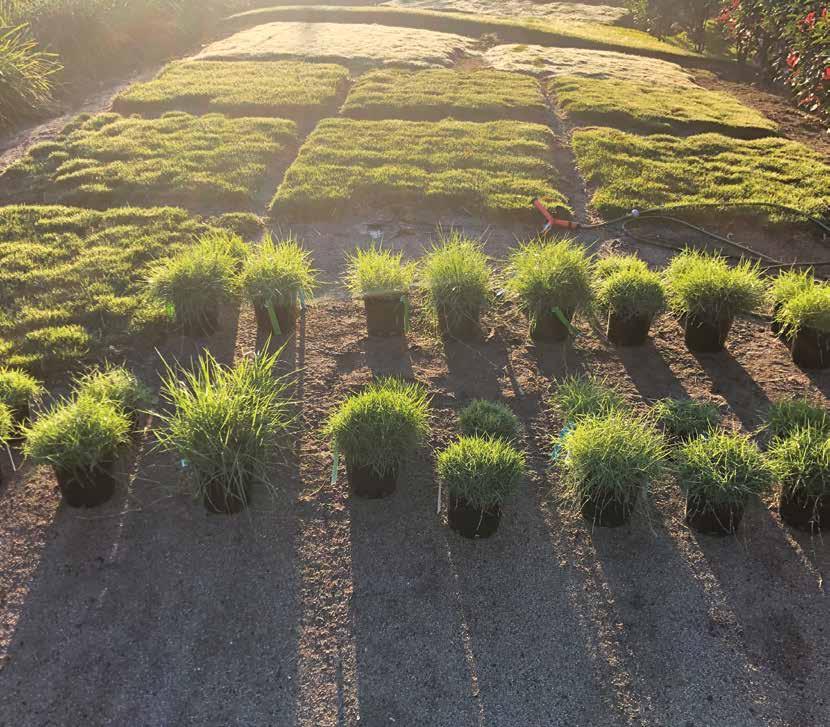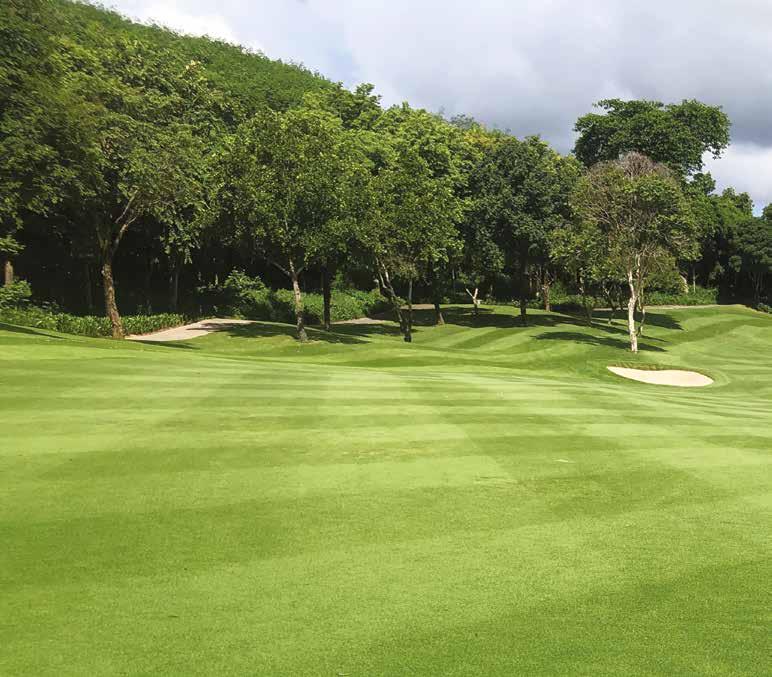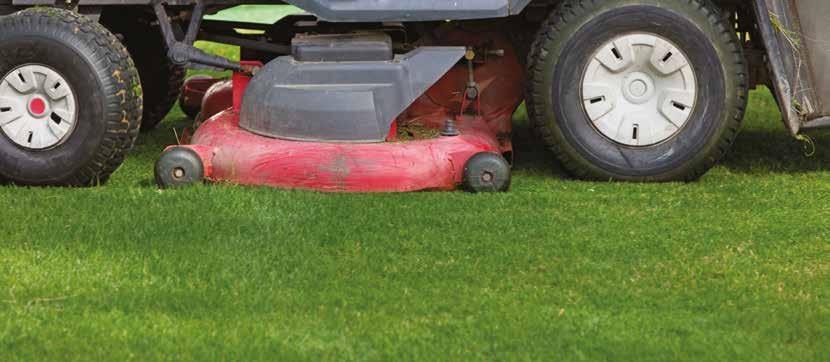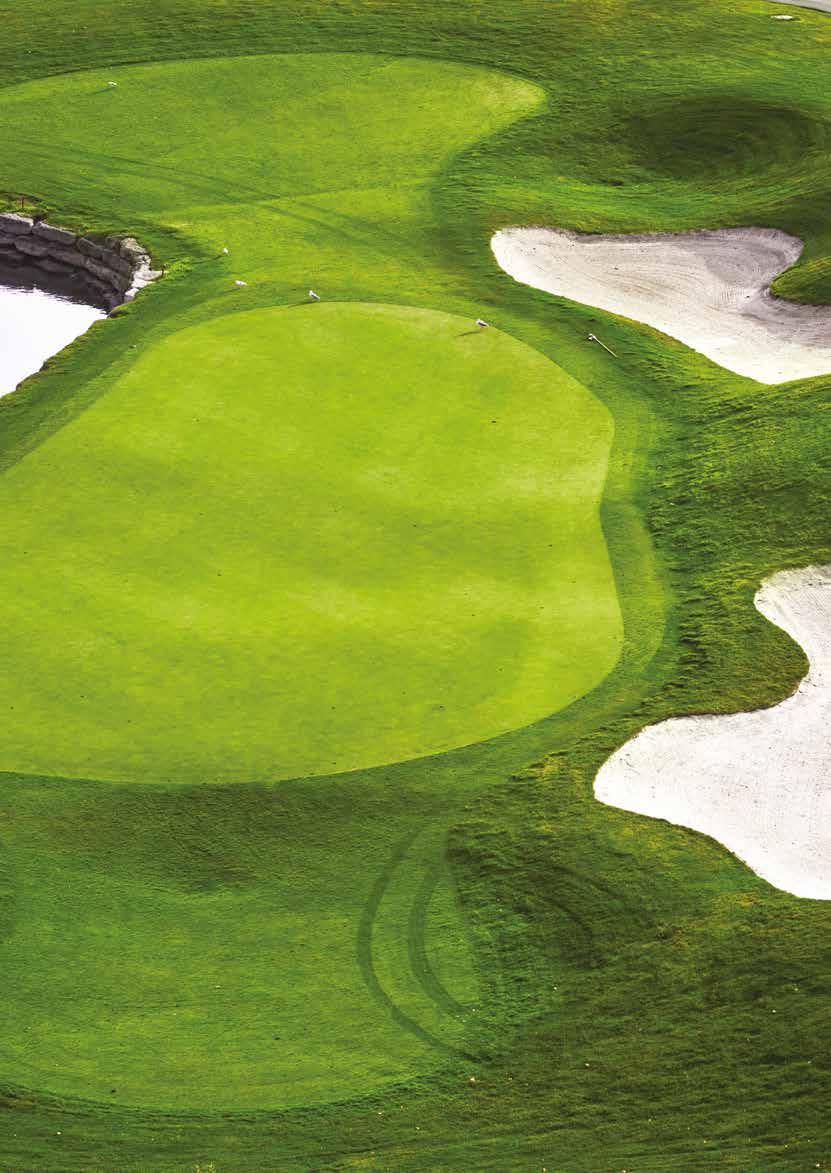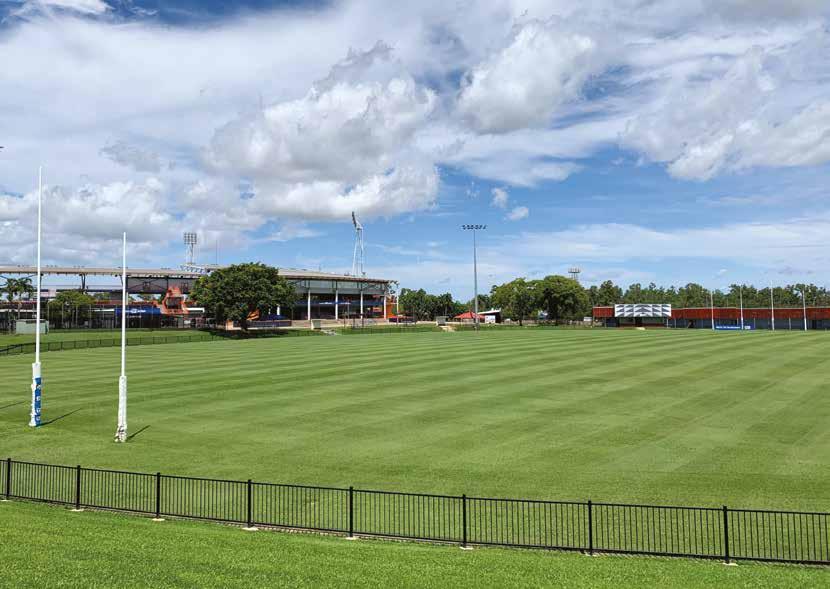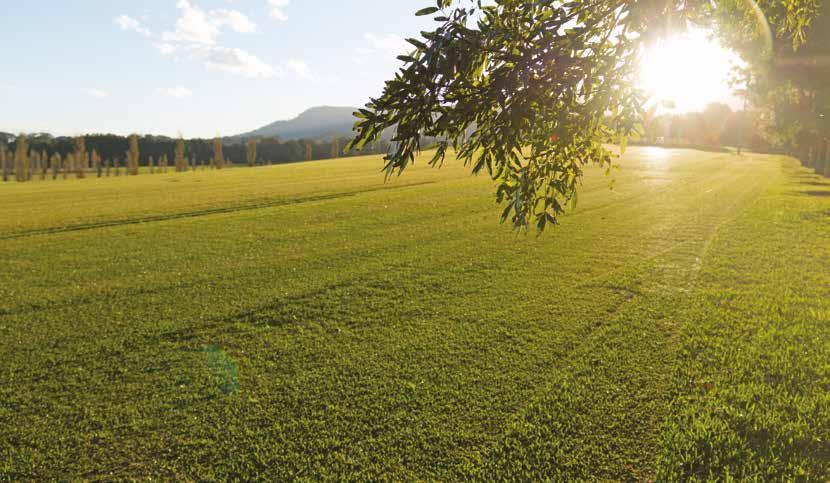
12 minute read
ASTMA UPDATE
It has been a big 12 months for Australian Sports Turf Managers Association (ASTMA), following the launch of a range of initiatives including a change of name in September 2019, rebranding from the Australian Golf Course Superintendents Association (AGCSA). As the peak industry body for Sports Turf Management in Australia, the not-for-profit industry Association was formed in 1981 and works to improve the knowledge, education, recognition and professional standards of its members and the turf industry, and that has been the one of the primary areas of focus for the Association given recent COVID-19 events.
Advertisement
We caught up with the Chief Executive Officer at the Australian Sports Turf Managers Association, Mark Unwin, who provided some background to these changes at the Association, and also gave us his thoughts on the future of the industry in the years ahead.
“To say it’s been a big 12 months is accurate, yet probably doesn’t come close to the range of activities we have undertaken over that time” said Unwin.
“Perhaps further, looking back now, it’s closer to the last 2 years where we’ve set about planning and delivering some large
- Mark Unwin Chief Executive Officer at the Australian Sports Turf Managers Association
scale activities across the turf industry, so it’s certainly been a busy time for the team.”
Conceivably the largest of these initiatives was rebranding from the Australian Golf Course Superintendents Association to the more accurate Australian Sports Turf Managers Association.
“We set about this change in 2 ways, with the first being a review into our membership structure and benefit offerings, which highlighted some gaps for us in the approach to members that weren’t employed at a golf facility. The review was predicated on the need to ensure we continued to deliver meaningful benefit to all members, and ensure that our membership offerings were representing members in the best way possible.”
“What the review showed us very early on, was that the largest growth area in memberships with the Association was from turf managers at sportsfields, schools, racetracks, bowling greens, stadiums – every area of the industry including continued growth from golf clubs, so we looked into the numbers a bit further to understand the background. What became pretty clear was that over the past 2 or 3 years, the Association had grown by a very significant amount, members working on non-golf facilities, which in turn made the Board decision to change the name to accurately reflect and encompass the entire membership of the Association a relatively straight-forward one” Unwin explains.
Following this review, the Association introduced a new structure to simplify its membership, moving to a Full and Standard Membership from the old model of a somewhat complicated rolerelated structure. The change to both the Association name and a simpler structure seems to have paid off, with memberships
growing by over 10% since these changes were implemented.
“Coming off a pretty strong base of being already so large – the growth in the last 12 months has continued to be immense, and again being driven by members joining from a broad cross section of all areas of the sports turf management industry, though in particular from councils and sportsfields and grounds since the rebranding” continues Unwin. “We think we have the balance just about right in terms of member benefits, but we’re always looking to improve the value and support we deliver”
In a demanding 12months, the Association has continued to put emphasis on delivering benefits to members, as evidenced by a long list of programs delivered by the Association this year alone. Among these, the Association lists initiatives including partnering with the R&A to launch a Scholarship program to Sports Turf Management students in Australia, securing 6 turf managers a position as part of the (now postponed) 2020 Olympic Games Course Management crew, delivering the immensely popular Future Turf Managers Initiative, acquired members exclusive access to be part of course preparations for The Players Championship at TPC Sawgrass, hosting a series of Environmental & Vegetation Management workshops and professional development seminars for turf
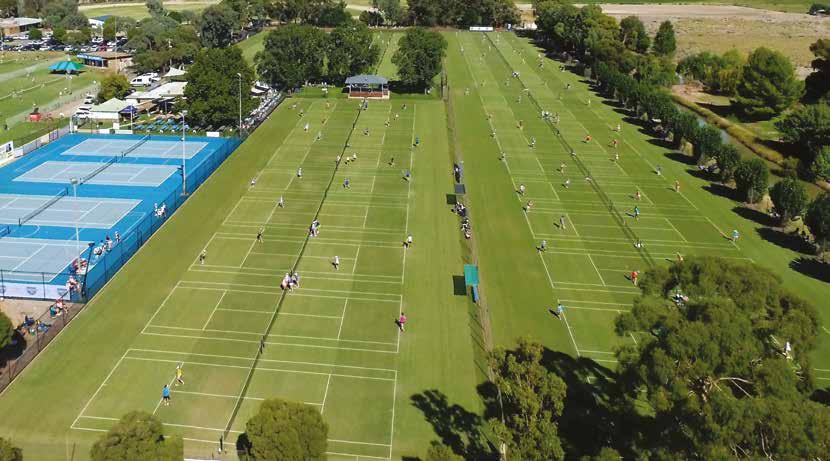
managers, and worked with the National Turf Working Group to revise the Sports Turf Management Qualifications as part of the AHC Training Package.
We asked Mark Unwin to tell us more about the initiatives delivered, and those that team was most proud of delivering in a busy year.
“Among all of them, perhaps two stand out. Those being the signing of the first National affiliation Agreement between the Australian Sports Turf Managers Association and all State Golf Course Superintendents Associations, and launching the professional Sports Turf Manager Certification Program for the industry”
“The State Associations and committees continue to do some incredibly good work for their members, and it’s our desire to support this and assist them in any way we possibly can. The Agreement is something that has been discussed for a number of years, and to work with State committees and Presidents, and for it to come together to support a unified National approach to delivering programs designed to benefit the industry and all members is a great achievement, aligning together to deliver programs and keep the industry improving.
The second would be the recent announcement launching the Sports Turf Manager Certification Program which the team has spent months working through. I think this is critical to the future of the industry, and through many other peak bodies we have seen just how beneficial programs like this are to the recognition of the work, education and skill of trade professionals. It’s a long-term program, but one that we are very confident will assist greatly in evolving the industry to the place where we believe it needs to sit.”
“In a similar way to other industry Associations both here and overseas, the program is designed to support the existing education structures in place, and advance professional competence through providing platforms for continual learning and development post education. Industry certification signifies reliability in the quality of turf manager performance, skill and knowledge and helps to elevate the profession of Sports Turf Management, and the early uptake in the Program has been phenomenal” says Unwin.
Though it hasn’t been all smooth sailing for the Association, with a substantial amount of new challenges being faced by the team in the first half of 2020. As an industry association responsible for supporting industry education, facilitating the National Turf Industry Awards, government advocacy and research & development into environmentally sustainable turf management, COVID-19 changed the focus of the Association almost overnight.
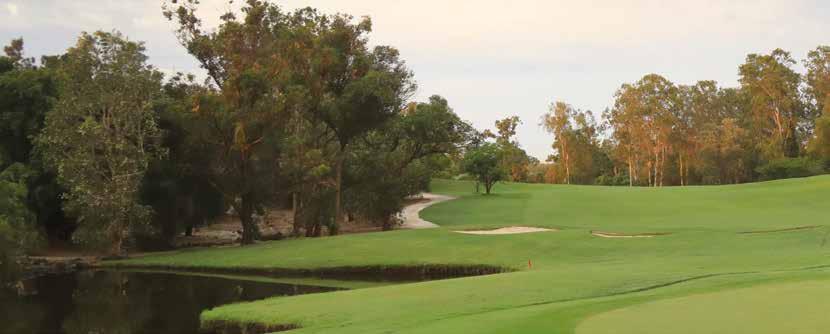
“They were some long days. Long weeks” says Unwin pausing. “We saw more requests for assistance and help from members and non-members over March and April than we did for the entire 2 years prior. It was mostly advise, support and cutting through that confusion that people were after. A lot of complex messages about what was allowed and what wasn’t, timings, restrictions… these things have a way of being at times high-level statements that may not impact individuals directly – however that all changes when workplaces were forced to close, schools, courses, facilities completely shut down. All sport and recreation activities cancelled, people being limited in their movements and very rapidly responding to changing workplace health and safety requirements”.
In addition to assisting members work through variations, employment legislation and job keeper programs through COVID-19 changes, the Association embarked on important advocacy work to federal, state and local governments relating to the value and importance of Sports Turf Managers to facilities, ahead of potential government announcements on restrictions due to COVID-19.
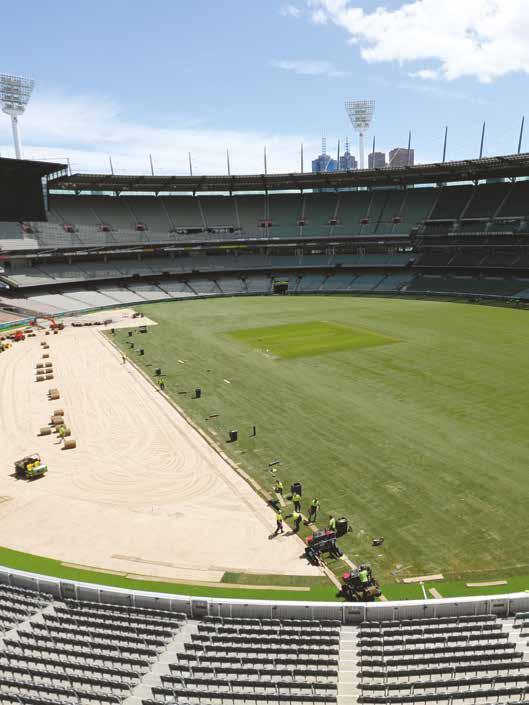
As Unwin recalls “We needed to ensure we were on the front foot with our messaging to governments around this. A number of our peers and colleagues overseas were heavily restricted in their ability to maintain playing surfaces throughout lockdowns, which impacted quality of the fine turf. The result meant disease was left unchecked for periods, quality concerns posed a threat to player safety when you consider stadiums and grounds, and across the board both a time and cost factor to bring surfaces back up to a standard after restrictions were eased – not to mention this is people livelihoods.”
“With time and planning, it’s likely that almost every turf manager would be able to
take proactive steps to prepare their facility for something like this, however given the virtually overnight amendments being received at that time from government, it resulted in us working with various State and National Sporting Organisations, groups such as Sport Australia, the AIS, what felt like every department at a government level – highlighting the risks associated to the facilities if restrictions were imposed that meant an inability for turf managers to continue their trade. Not to mention the passion that turf managers have for their facilities; fears were that years of work by these dedicated teams could be impacted if they were unable to at least maintain to a basic level for weeks or months as was seen overseas, and it was being reported that this level of restriction could be implemented here. Thankfully, we didn’t progress into that level of restrictions, not yet at least, and we’ve seen many return to work albeit in a changed environment with its own challenges and there are some issues that are still being worked through.”
“I suppose the added benefit that came out of this was the considerable strengthening of existing relationships and the development of new relationships within government departments leading to an increased awareness of the work that our members undertake for Sport & Recreation. We’ve gotten busier as a result, now sitting across a number of working parties and advisory panels at state and national level which itself is a positive as it presents a tremendous opportunity for the industry”
While there was some good news through this period for the Australian Sports Turf Managers Association in terms of supporting members and their agronomy division, AGCSATech, continuing to provide analytical and turf consulting work to courses, councils and sporting bodies, a big downside resulting from COVID-19 restrictions was the need to cancel the
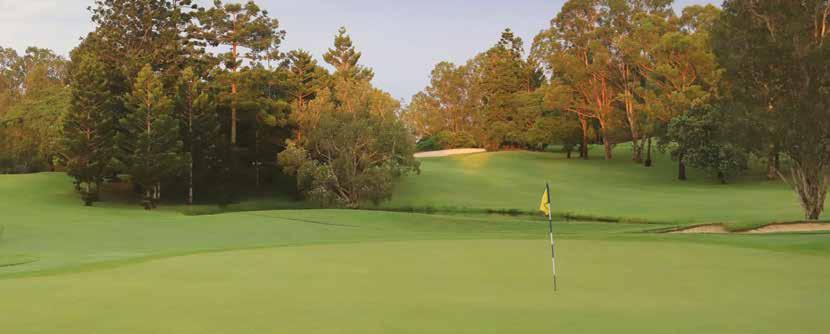
annual Asia Pacific Sports Turf Management Conference held. Scheduled to be held at the Melbourne Convention and Exhibition Centre in June 2020, the team were forced to make the tough decision to cancel this years event with restrictions placed on the size of large events and gatherings.
“That was a hard decision to make. Not only due to the importance of the event to the industry, members and partners, but also because of the amount of work already put into developing the 2020 event. To be really close, around 8 weeks I think, out from delivering an event the size of our Turf Conference, most of the planning and preliminary work had already been completed and so to a degree, while it was the right decision to make, it was still a tough one for Simone and the team who had all invested months of hard work into it. But you look forward, and we can pick up some areas such as some areas of content, speakers and those sorts of things and plan for the future, toward the 2021 Conference in the Gold Coast next June.”
It’s there, the future, that Mark seems to spend a large amount of time thinking and planning about.
As he explains “As someone who had no turf background prior to taking on the position, much of my learning early on was related to the people, where the industry was, and the work that sports turf managers do. I admit my level of knowledge about turf management before joining the Association was limited. Embarrassingly limited. But at the same time, that also told me a great deal about the awareness and appreciation of the industry.”
“Being involved in or interested in sport for many years, I was unaware of the work that these professionally trade-qualified turf managers actually did. From that point of view, it was something I thought we need to work on, to increase the profile and recognition of the industry and conditions, to ensure that players and coaches, staff, governments and general public understand that the business is about more than simply ‘cutting grass’. There’s both and art and a science to the trade, and that’s the story that desperately needs to be told. Right there is the opportunity, and this aligns to certification program, the future for us presents an opportunity to bring the recognition and understanding of the people who create and maintain these world-class playing surfaces to those that use them, and to broaden the understanding of the level of dedication, responsibility and passion that these professionals have for their turf.”
“One of the other challenges to work through is to improve the awareness of our industry. In my opinion, the fragmented nature of the support and industry representative bodies is holding us back. Our approach is that turf managers and the industry would be better served by working together, with all parties aligning activities to develop a stronger voice for advocacy and representation. We undertook a lot of work to try to work with or align associations last year which have not progressed too far to date. But that cohesion is critical to ensuring we have an organised and consistent voice that is heard at the right levels, regularly and putting our members interests in front of those people that need to hear the story and can help bring about the change we need.”
“It hasn’t progressed, but that doesn’t mean we stop working at it. If it’s worthwhile, you keep trying. And as I suppose it’s my belief that this alignment is perhaps the biggest impediment to the future development of our profession and the change that could bring about the largest leap forward for recognition of our industry, to me that makes it very worthwhile”
With over 90 years of research experience, STRI continues to find ways of innovating and delivering outstanding services and solutions to every client. We make great sport happen. Innovative Research
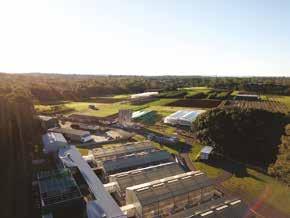
New features
Under the leadership of new research manager, Carlos Sartoretto, we have created two new areas for cool season trials, introduced robotic mowing, drone imagery and NDVI. Our product development department is now bigger than ever.
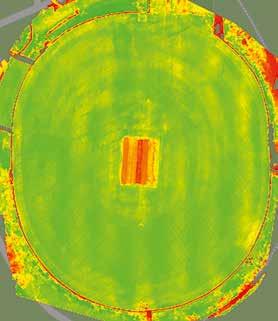
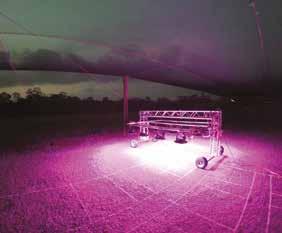
Our services also include:
New root development comparative tests imaging New green roof trials Warm season grass cultivars and species trials for chemical registration. Diverse rootzone trials
Cultivar screening trials Water saving and management trials Cultivar salinity tolerance trials Training and education

Professional and impartial turfgrass assessments
Only at STRI Australia will you find local knowledge, experience and data driven advice allied with global research
